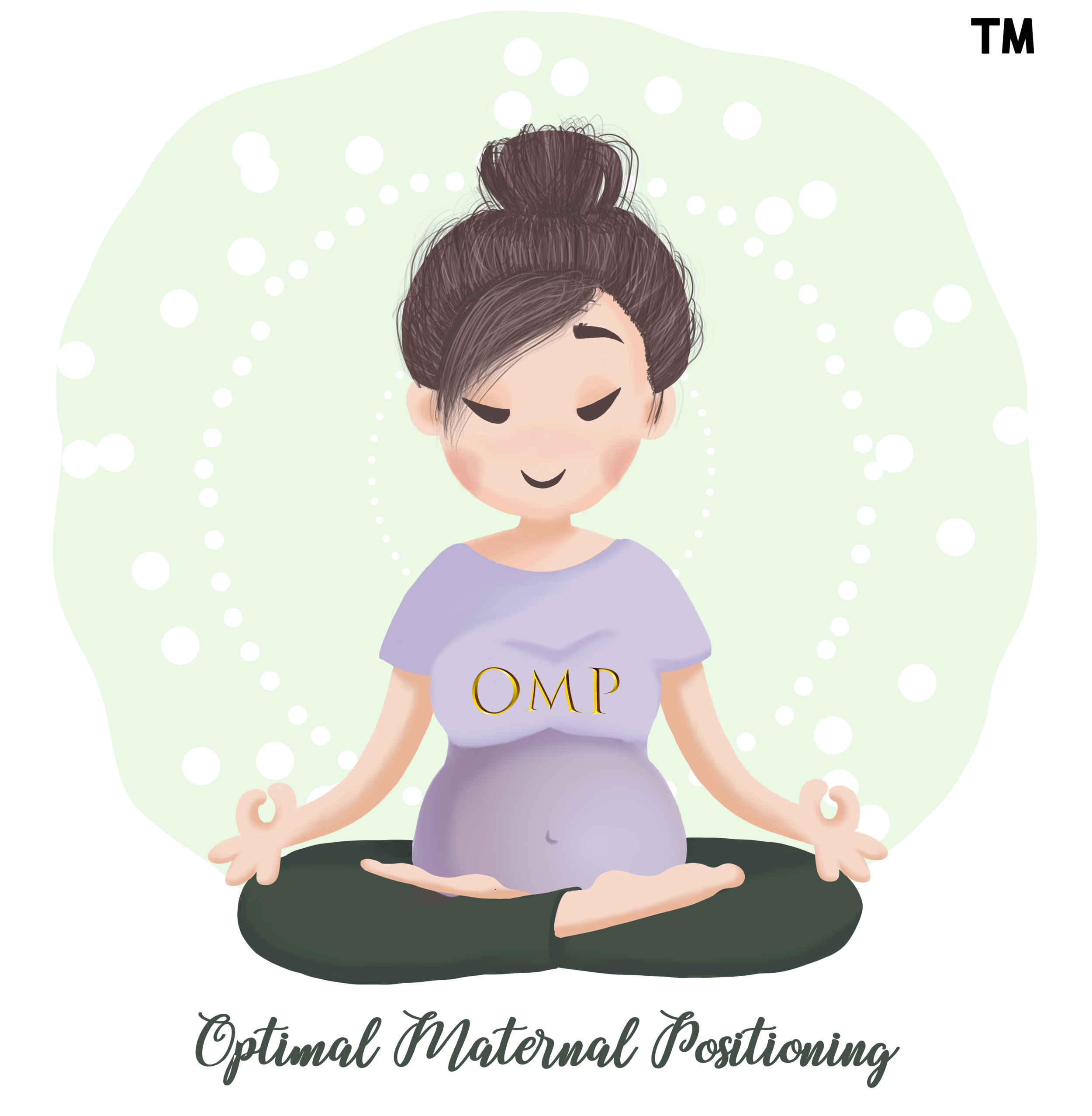How to DIY a Birth Rope for OMP Pelvic Mobility Protocols to practice during Pregnancy and to utilise during Labor and Birth.
Sometimes when debriefing births in the OMP Community, I get birth professionals making comments such as ‘Oh I did not think about trying that during the challenging labor?’ My recommendation is the same whether I am working with expectant couples or birth professionals.
The OMP Protocols need to become a part of who you are and the only way that is going to happen is when you utilise it during pregnancy, or in the case of birth professionals, in normal labors before you use the techniques for abnormal, difficult or challenging labors.
One of the challenges during labor and birth is 'pacing' - getting the mother to rest in-between contractions - and one of my favourite tools to facilitate 'resting' is using a birth rope.
What do you need to DIY a Birth Rope?
A Birth Rope: A long fabric ie. flat sheets tied together, shawls tied together, a hand woven rebozo ideally 4m in length, etc…
A Hinge: Most would use a door as a hinge where you can either tie large knots as a stopper or use a TRX door stopper together with a caribiner. I have used a 4 poster bed at one of my birth rooms at the Four Trimesters Birth Sanctuary and most hospitals would use it over a squat bar or a device made specifically for birth ropes.
Once you have set up the birth rope, test it that it can take the mother’s pregnant weight safely, and that the birth rope is securely hinged.
How to use a birth rope?
During pregnancy or labor and birth, I would first get a pregnant mother acquainted with using a birth rope in use a birth rope utilizing the OMP Active Birth Positions such as:
Standing leaning both forward and backwards into the birth rope kneeling
Sitting on a birth ball or birth stool
Kneeling leaning forward into the birth rope
In the above positions, the pregnant or laboring mother can utilize some of the OMP Pelvic Mobility Protocols such as 2.0 Pelvic Transitions and especially 2.1 Pelvic Tilts.
Side lying using the birth rope to support the upper leg into a hip-width position and adjusting the degree of extension and/or flexion of the femur you are wanting to achieve.
Squatting position pulling onto the birth rope for support or leaning back into the birth rope.
Arch Back Squat Lunge holding onto the birth rope for support and/or counter pressure.
Kabyle Positions holding onto the birth rope for support and/or counter pressure.
How to use a birth rope as a resting position?
The birth rope can be especially helpful as a resting position in-between contractions.
If a birth rope is new to your birth bag, and if you are a seasoned birth roper, do share how you use it in your practice!
Resting Position
This mother leans into the birth rope to rest in-between contractions. The birth rope is hinged over a 4-poster bed.
Squat Bar
This midwife is demonstrating how to hinge a birth rope using hospital flat sheets over the squat bar to encourage a 90 degree flexion when standing. This can also be used with a mother sitting on a gym ball.
Squat Bar
This midwife is demonstrating how you use use a birth rope hinged to the squat bar in a standing position.
Door Hinge
The birth rope can be hinged to a locked door using a TRX stopper and a caribiner or simply tie a big knot as a stopper.
Gadget
Very useful as a stand-alone or over a tub, this is designed specifically for the birthing rope.





